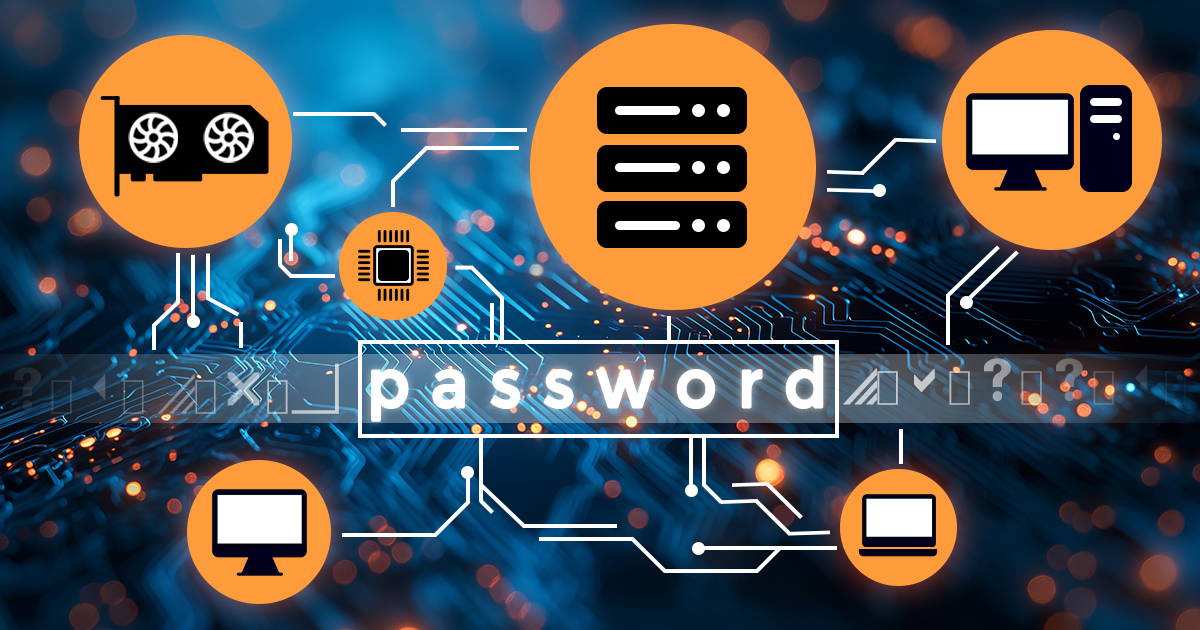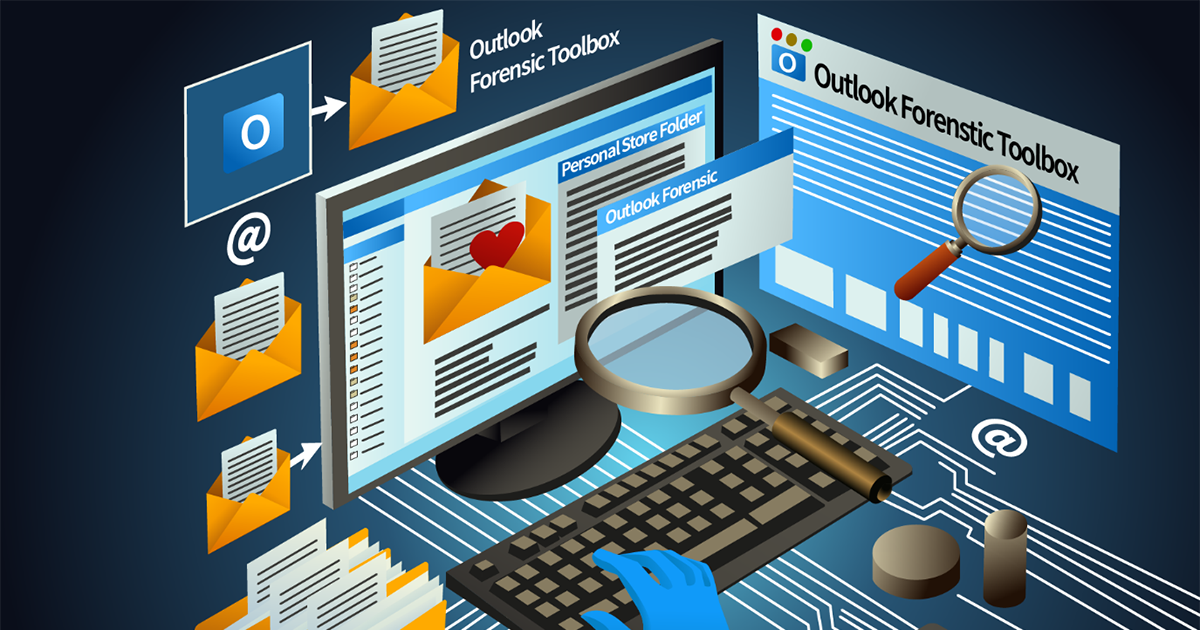A while ago, we introduced an innovative mechanism that enabled access to parts of the file system for latest-generation Apple devices. The process we called “partial extraction” relied on a weak exploit that, at the time, did not allow a full sandbox escape. We’ve been working to improve the process, slowly lifting the “partial” tag from iOS 15 devices. Today, we are introducing a new, enhanced low-level extraction mechanism that enables full file system extraction for the iOS 16 through 16.3.1 on all devices based on Apple A12 Bionic and newer chips.
In recent years, Apple had switched from 4-digit PINs to 6 digits, while implementing blacklists of insecure PIN codes. How do these measures affect security, how much more security do six-digit PINs deliver compared to four-digit PINs, and do blacklists actually work? Let’s try to find out.
Obtaining information from a locked iPhone can be challenging, particularly when the device is passcode-protected. However, four critical pieces of information that can aid forensic analysis are the device’s International Mobile Equipment Identity (IMEI), Mobile Equipment IDentifier (MEID), MAC address of the device’s Wi-Fi adapter, and its serial number. These unique identifiers can provide valuable insights into a device’s history, including its manufacture date, hardware specifications, and carrier information.
The newly released iOS Forensic Toolkit 8.0 delivers forensically sound checkm8 extraction powered with a command-line interface. The new user experience offers full control over the extraction process, yet mastering the right workflow may become a challenge for those unfamiliar with command-line tools. In this quick-start guide we will lay out the steps required to perform a clean, forensically sound extraction of a compatible iPhone or iPad device.
DFU (Device Firmware Update) is a special service mode available in many Apple devices for recovering corrupted devices by uploading a clean copy of the firmware. Forensic specialists use DFU during checkm8 extractions (Elcomsoft iOS Forensic Toolkit). Unlike Recovery, which serves a similar purpose, DFU operates on a lower level and is undocumented. Surprisingly, there might be more than one DFU mode, one being more reliable than the others when it comes to forensic extractions. The method described in this article works for the iPhone 8, 8 Plus and iPhone X.
Elcomsoft iOS Forensic Toolkit supports checkm8 extraction from all compatible devices ranging from the iPhone 4s and all the way through the iPhone X (as well as the corresponding iPad, iPod Touch, Apple Watch and Apple TV models). The new update removes an important obstacle to the acquisition of the iPhone 7 and iPhone 7 Plus devices running recent versions of iOS.
The seventh beta of iOS Forensic Toolkit 8.0 for Mac introduces passcode unlock and forensically sound checkm8 extraction of iPhone 4s, iPad 2 and 3. The new solution employs a Raspberry Pi Pico board to apply the exploit. Learn how to configure and use the Pico microcontroller for extracting an iPhone 4s!
A pre-requisite to successful forensic analysis is accurate information about the device being investigated. Knowing the exact model number of the device helps identify the SoC used and the range of available iOS versions, which in turn pre-determines the available acquisition methods. Identifying the iPhone model may not be as obvious as it may seem. In this article, we’ll go through several methods for finding the iPhone model.
Last month, we released the tool and published the guide on forensically sound extraction of the iPhone 7 generation of devices. Today, we have added support for the iPhone 8, 8 Plus, and iPhone X, making iOS Forensic Toolkit the first and only forensically sound iPhone extraction tool delivering repeatable and verifiable results for all 64-bit iPhone devices that can be exploited with checkm8. While the previous publication talks about the details on acquiring the iPhone 7, there are some things different when it comes to the last generation of checkm8-supported devices.
In order to use the checkm8-based acquisition, the device must be placed into DFU (Device Firmware Update) mode first, and this is the trickiest part of the process. There is no software way to enter DFU, so you have to do it manually. This article describes how to do it properly for the iPhone 8, iPhone 8 Plus and iPhone X that are now supported by Elcomsoft iOS Forensic Toolkit.


